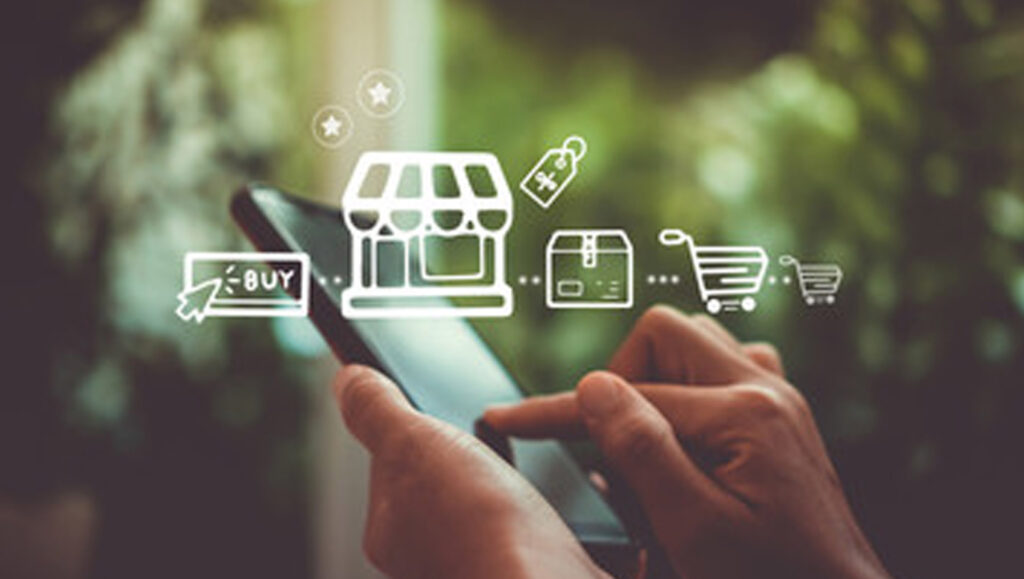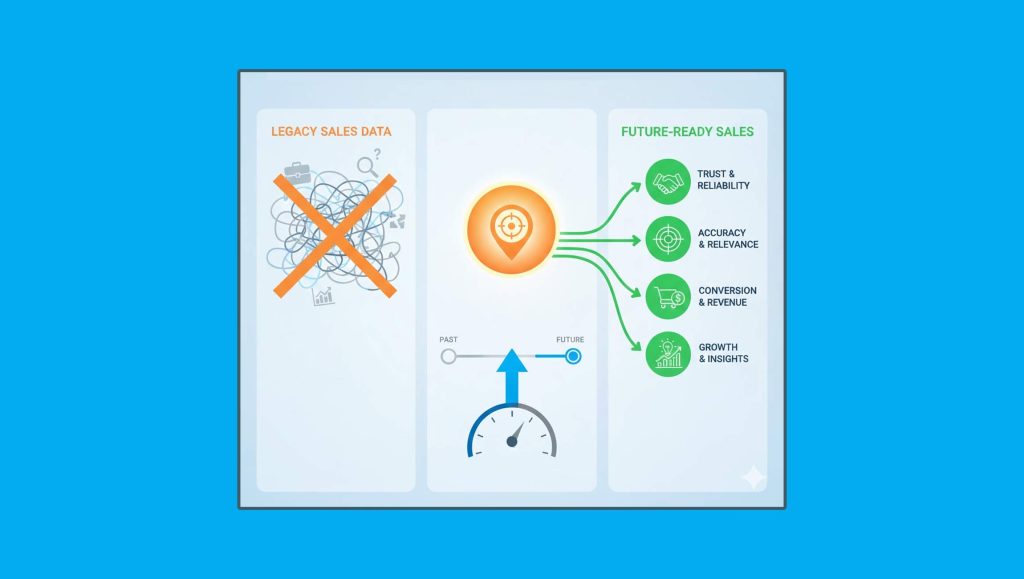A few terms synonyms with the happenings of 2020 were ‘’unprecedented’’, ‘’digital transformation’’, ‘’pandemic’’ among many more. And another thing that most B2B sales and B2B marketing leaders commonly echoed about during this time was the need for better personalization and disruptive online customer experiences to help businesses stay ahead amid the worldwide move to a deeper digital-first model.
Fast forward to now, as the world limps back to some semblance of the pre-Covid nature of work and life, customers and prospects are craving for improved in-person experiences from sellers and brands. This slow shift of behaviors will also start impacting the need for better in-store buying experiences that are more strongly tied to online campaigns to help create a brand connect and drive a robust web experience-to-retail buying experience.
Read More: RFP Automation Is Beneficial To Everyone In Sales: Here’s Why
As brands and business open up to opportunities at a time when global audiences are waking up to a post-pandemic future, driving differentiated, unique and personalized in-store purchase experiences are also going to become important to capitalize on the start of these new shifts.
When physical shopping trends start to return, stores and brands with a strong retail presence can use digitally inspired themes to reconnect with customers, increase footfalls and remind them that it’s time to buy a product!
Taking away from a recent example: Global sportswear brand Nike has always boasted of a strong online presence. Nike is said to be one of the most followed brands on social media, the brand has active social media profiles on key platforms like Facebook, YouTube, Pinterest, LinkedIn, Twitter and others. Add to that, Nike also has separate product pages built to cater to different audience sets.
A strong online presence can effectively be used to align to physical and in-store campaigns too with the aim of creating phygital experiences.
Taking a cue from Nike’s recent 3-D inspired OOH campaign in Asia, here’s a few takeaways to pull from the attention grabbing OOH campaign:
A Strong Offline Campaign Feeds Online Campaigns and Vice Versa
Customers and potential buyers today have too much marketing and sales information to look at through the day on an array of channels. From ads and posts on their social media ad to the few dozen marketing emailers that drop into their inbox, buyers have promotional information in various formats being shown to them always.
With enhances in physical and offline ad, display infrastructures, brands can move this forward in more impactful ways by creating a deeper connect between their online campaigns and themes and their offline messaging and presence.
3-D billboards, interactive store displays, automated check-out systems can also assist in driving the final sales experience during a physical purchase journey.
These offline experience can also be used to drive a few online campaigns and vice versa. When Nike debuted their (very attention-grabbing!) 3D billboard in a recent OOH campaign, the 3-D activation caught the attention of locals and global social media users to cause a ripple effect. Not only does an interactive, out-of-the box experience like that built on a main street great for footfalls, it urges potential buyers to drop into their nearest Nike store in the city to physically explore more products, while for the global social media users who drooled over the 3-D display, it inspires them to visit the e-store.
Read More: Mastercard SpendingPulse: February U.S. Retail Sales Rise 8.7% Year-Over-Year* Amid Inflation,…
Have a look at the 3-D OOH campaign by Nike here:
Enhanced In-Store Experiences Connected to Exceptional Online Buying Journeys Are Crucial Now
Brands like Nike can afford to invest in out-of-the-box visual ideas and campaigns to stay ahead in the global market. With close competitors in the industry, keeping in mind that potential buyers are now starting to step out of their work-from-home or stay-at-home mode, buyers are ready to explore and dive into the store experience not just for one brand or product.
Using location data and other customer insights to connect online campaigns and use it to get customers into a store to avail of ‘’local discounts’’ or similar tactics takes attention away from competing brands at this crucial time when things are still starting-up again.
A recent study by Salsify highlighted how 44% of the survey respondents said they’ll visit stores the same or less to buy footwear post-vaccination.
Experiential Retail Can Play An Important Role In Driving Sales Today
Beyond interactive displays and interactive screens in posh retailer set-ups, other technology that’s fueling digital experiences in-store include virtual reality (VR), augmented reality (AR), and even facial recognition tech.
Leading direct customer-facing brands like Gucci have interactive displays placed in some flagship stores to allow customers to pause, rewind and search through content with gestures. Lowe’s leverages Google technology to allow customers the chance to virtually envision how physical furniture pieces in the store will fit and look in their actual home spaces.
Nike too has embraced digital commerce to drive online experiences while connecting them to physical shopping experiences.
A Growth in Technologies That Boost In-Store Buying Experiences
From digital fitting rooms, to in-store virtual reality screens, connecting online experiences to digitally-inspired in-store experiences will not only get easier and commonplace, it will be useful in getting potential buyers to move through the last buying stage.
Jaguar Land Rover, through a partnership with IBM, launched an in-store virtual reality screen that allowed customers to experience owning their own Jaguar or Land Rover model using sensory-based technology, imagine the number of last-stage car purchase evaluators and how much easier it is to push them into making a final buying stage when at this stage, not as many car sellers are offering in-store capabilities such as this.
As augmented reality, digitally-first physical shopping trends merge into a deeper phygital sense, the face of offline, in-store commerce will slowly shift, recreating the way brands nurture and interact with customers while also redefining how physical retail will shape up to look.





















